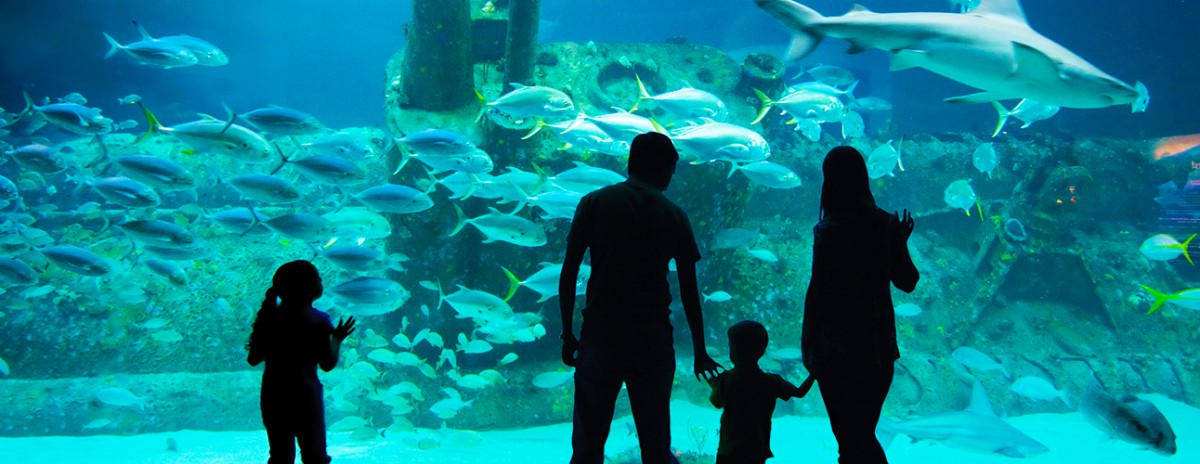
The main breakthroughs in marine ornamental fish culture are discussed, with seahorses deserving a section of their own as a result of their conservation status and unique biology. This work addresses the most relevant advances in the breeding and rearing of marine ornamental species. reidi during the pelagic phase and the beginning of the transition process to the benthic phase. The objective of this study was to verify the best stocking density for H. After settlement, extensive low-cost growth of this species has been achieved at very low stocking densities (0.04 ind./L) in net cages (Fonseca et al., 2015). In Brazil, stocking density of Hippocampus reidi in commercial aquaculture varies with age and is habitually lowered from 6 to 0.6 individual/L between the pelagic and benthic phases. reidi leaves the pelagic phase to take benthic habits (Hora and Joyeux, 2009), attaching to some holdfast with its prehensile tail. At 15 –30, exceptionally 10, days of age, H. Juvenile seahorses are commonly stocked at low densities in aquarium (1 –2 juvenile/L) (Planas et al., 2017).

Higher densities can also lead to potentially stressful social interactions, which usually raise mortality rates (Iguchi et al., 2003 Tapia-Paniagua et al., 2014).

Usually, there is an inverse relationship between tocking density and growth rate (Holm et al., 1990 Lambert and Dutil, 2001 El-Sayed, 2002). A trend in increasingly intensive fish farming systems has been observed that seeks to minimize production costs and maximize productivity without substantial growth reduction or mortality rise (Björnsson, 1994 El-Sayed, 2002).


 0 kommentar(er)
0 kommentar(er)
